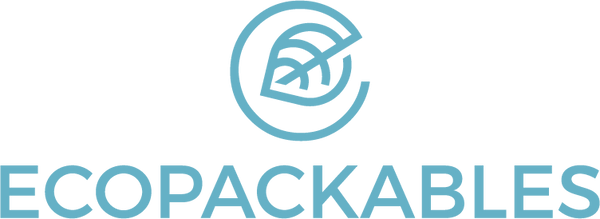In recent years, the call for a plastic-free world has gained momentum. Companies are taking bold steps to reduce their plastic footprint, recognizing the urgency of addressing plastic pollution and its impact on the environment. This article delves into the current trend of companies pledging to go plastic-free, the history of plastic, the technical aspects of plastics, and the shift towards renewable, biobased alternatives.
The Current Trend: Companies Going Plastic-Free
Companies are increasingly making pledges to eliminate single-use plastics from their operations. Notable examples include Nestlé, which has committed to making 100% of its packaging recyclable or reusable by 2025, and Unilever, aiming to halve its use of virgin plastic by 2025. Such commitments reflect a growing awareness of the environmental consequences of plastic waste.
The Age of Plastic
Plastic has been an integral part of our lives for over a century. Its versatility, durability, and affordability have made it indispensable in various industries. However, the persistent nature of traditional oil-based plastics is now a global concern due to its long-lasting environmental impact.
Understanding Plastics: Oil-Based vs. Biobased
Plastic is a synthetic material made from polymers, primarily derived from petrochemicals. Oil-based plastics are notorious for their non-degradability, while biobased plastics, derived from renewable resources like cornstarch, offer a more sustainable alternative. These bioplastics break down more easily, reducing the burden of plastic pollution.
What Does "Plastic-Free" Mean?
Actually going 100% plastic-free is nearly impossible. Even eco-friendly alternatives like paper mailers may have adhesive strips and release liners that contain plastic. Even if the plastic makes up less than 1% of the packaging, it’s not technically plastic free and we start to run into issues like greenwashing. We should be striving for a plastic-free world regardless, minimizing the use of conventional plastics and transitioning to more sustainable materials.
The Imperfect Solution
While there's no perfect solution, reducing plastic usage remains crucial. Paper is often considered the best alternative from a material source standpoint, as some compostable materials may contain a small percentage of oil, however, the water and energy usage can be quite a bit higher. Increased demand for eco-friendly materials can drive the development of better alternatives, fostering a more sustainable future.
As the world grapples with the challenges of plastic waste, the shift towards plastic-free living and the development of biobased plastics offer hope for a cleaner, greener future.
Sources
- Nature Reviews Materials - Bioplastics for a circular economy
- McKinsey - The New Plastics Economy
- Sustainable Earth Reviews - Plastics: are they part of the zero-waste agenda or the toxic...
- Closing the Gap between Bio-Based and Petroleum...
- Plastics, the environment and human health: current...
- Towards a Circular Economy of Plastics: An Evaluation...


